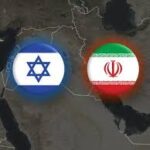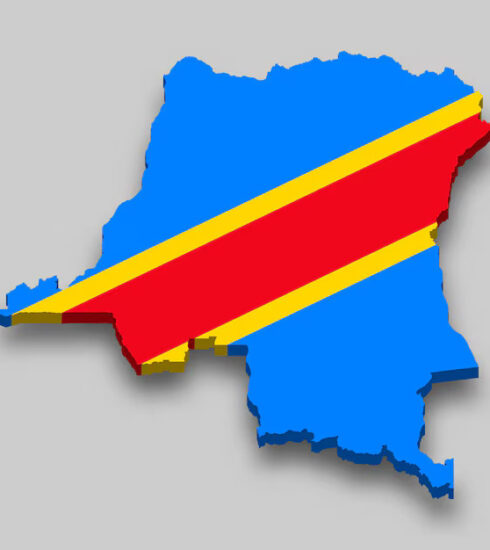A Brief Spotlight on Angola
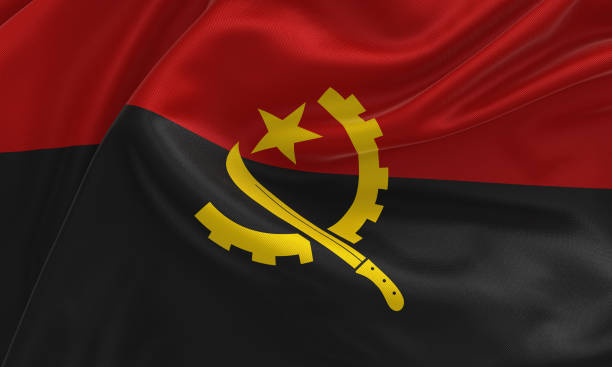
Angolan flag. Credit: Wikipedia
Angola, a southern African country with a population of about 36 million, is about twice as big as France. Angola is the second-biggest oil producer in Africa, behind Nigeria.
The country borders Namibia to its south, Zambia to the east, and the Democratic Republic of Congo to the north.
The capital and commercial centre is Luanda, a large port city on the northern coast that blends Portuguese-style colonial landmarks with traditional African housing styles and modern industrial complexes.
Angola had been ruled by Portugal for about four centuries. After Angola won its independence in 1975, the People’s Movement for the Liberation of Angola (MPLA), a Communist movement backed by the Soviet Union, took control. But a brutal civil war raged in Angola for 27 years between the MPLA, the National Union for the Total Independence of Angola (UNITA), and the National Liberation Front of Angola (FNLA), the latter two backed by the US and China.
Angola has significant economic potential. The country is rich in natural resources, it has large uncultivated arable land, benefits from favorable climatic conditions almost the entire year, adequate for almost all types of crops. Angola has also a demographic dividend potential, as about half of the population is young. Moreover, it benefits from a strategic geopolitical location that can facilitate the promotion of regional integration.
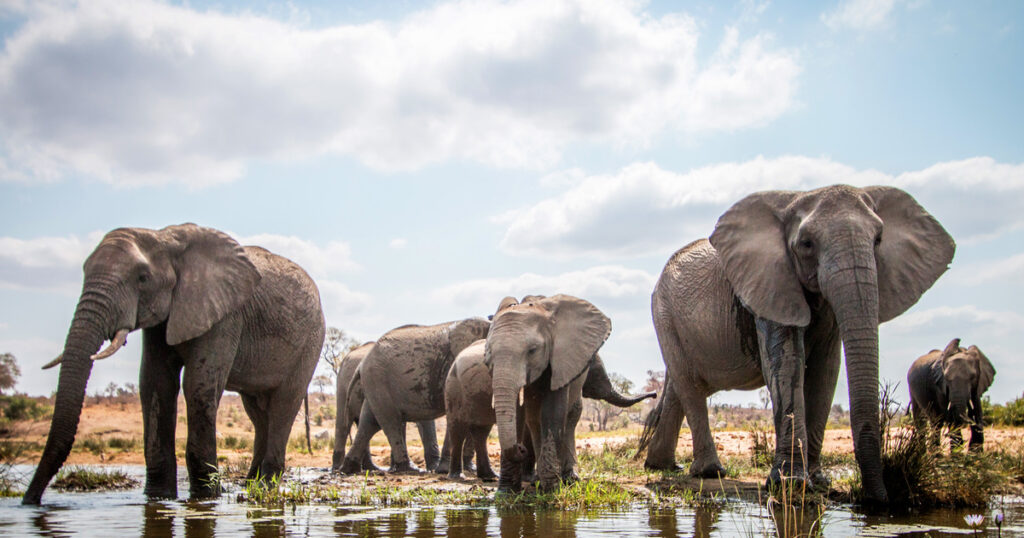
ElephantS drinking at a waterhole in Quicama National Park, Angola. Credit: Britannica
Angola is one of Africa’s most resource-rich countries. It is sub-Saharan Africa’s second-largest oil producer, after Nigeria, and the world’s fourth-largest producer (in value) of diamonds. The country also possesses a wealth of other natural resources, including minerals, water, agriculture, forestry and fisheries.
Prior to independence in 1975, Angola was self-sufficient in key food crops (except wheat) and was an exporter of cash crops, in particular coffee and sugar. The war for independence and lack of investment severely hindered the agriculture and fisheries sectors, and the country has been dependent on food imports since 1990. A mere 10 per cent of the country’s arable land is currently under cultivation, and per-acre productivity is one of the lowest in sub-Saharan Africa.
Apart from a few Europeans and isolated bands of Northern Khoisan speakers such as the !Kung (a San group) in the remote southeast, all Angolans speak Bantu languages of the Niger-Congo language family, which dominates western, central, and southern Africa. The largest ethnolinguistic group is the Ovimbundu, who speak Umbundu and who account for about one-fourth of the population.
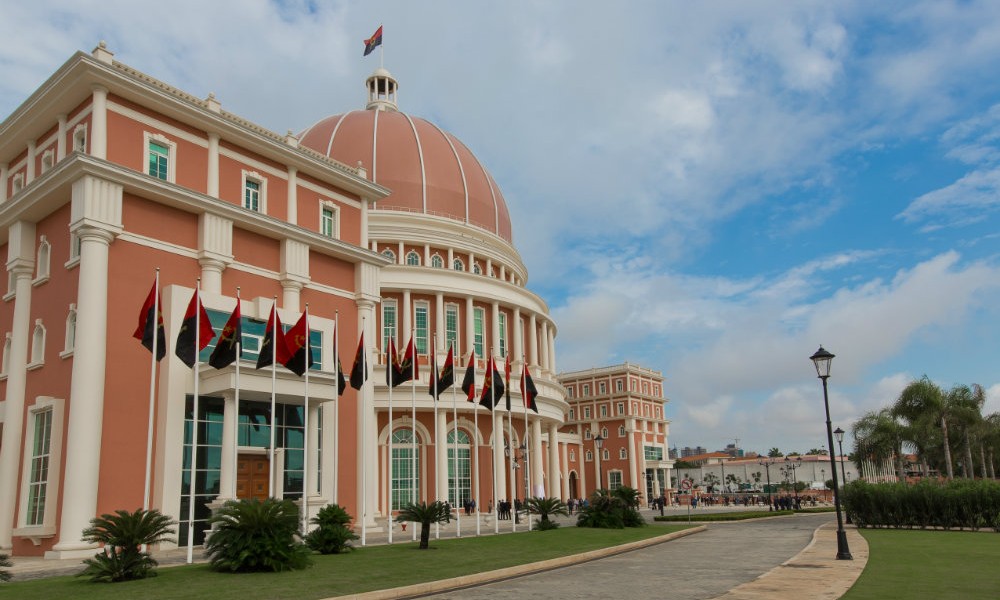
National Assembly building in Luanda, Angola. Credit: Britannica
The use of the Portuguese language by indigenous Angolan groups dates back hundreds of years; in the Kongo kingdom, some were able to speak and read Portuguese as early as 1491. Beginning in the 1920s, Portuguese colonial policies sought to make Portuguese the only language spoken in Angola; these attempts met with limited success. Portuguese is often the only language spoken in Luanda and in much of the interior extending beyond the city and in other parts of the country; in some areas, however, indigenous languages are used in daily life. Because Portuguese developed as the lingua franca of the country and became the language of the present political leadership, those who did not speak Portuguese were effectively excluded from the political process. Since independence the government has recognized the major African languages, including six that were designated as official languages for educational instruction. However, widespread use of African languages in educational instruction never occurred, and the government continued to employ Portuguese for education, written documents, and official usage.
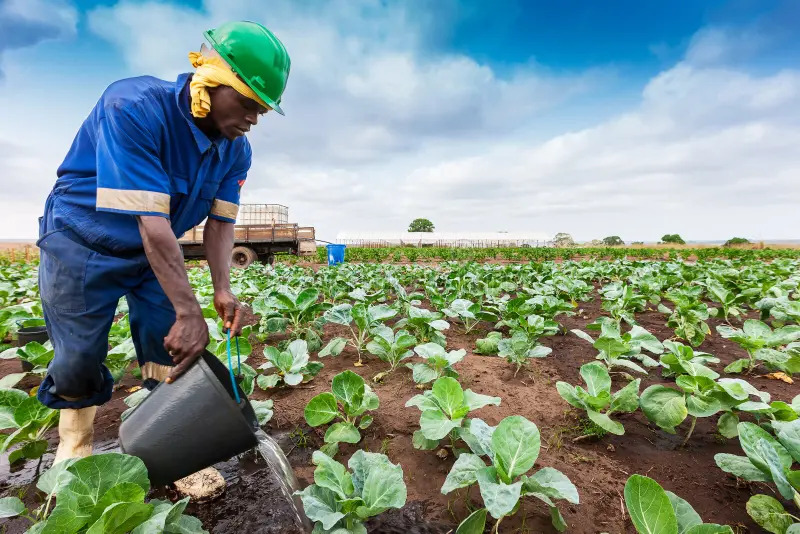
Farm worker watering crops, Cabinda, Angola. Credit: Britannica
Angola’s population is overwhelmingly Christian. About two-fifths of the population is Roman Catholic, about two-fifths is Protestant, and some one-tenth adheres to traditional beliefs or other religions.
Angola is currently one of the world’s fastest-growing economies. A large oil producer and a member of oil cartel OPEC since 2006, most of Angola’s GDP comes from the oil sector. Much of the country’s oil reserves are found in Cabinda, an Angolan enclave wedged between Republic of the Congo and the Democratic Republic of Congo.
